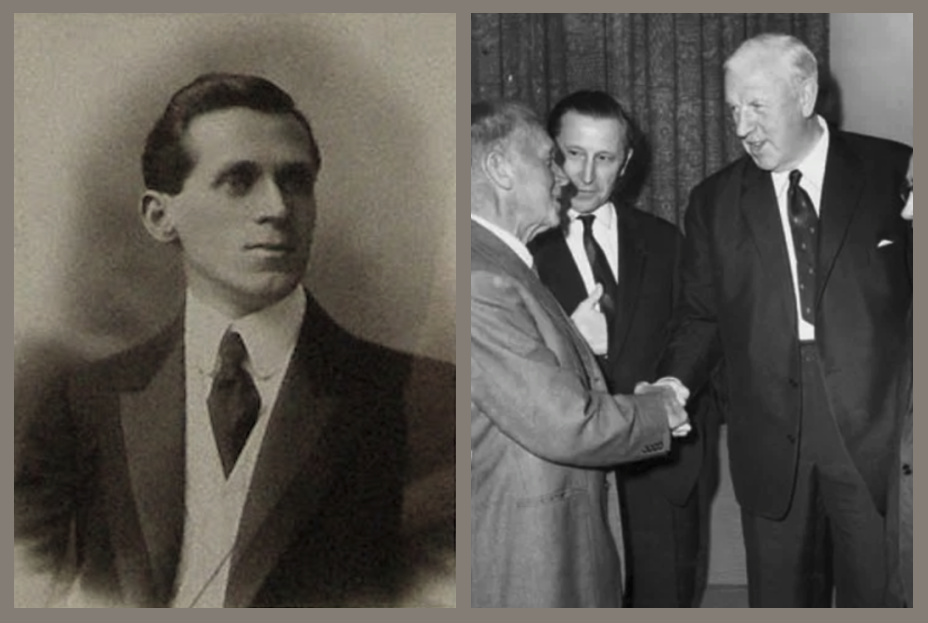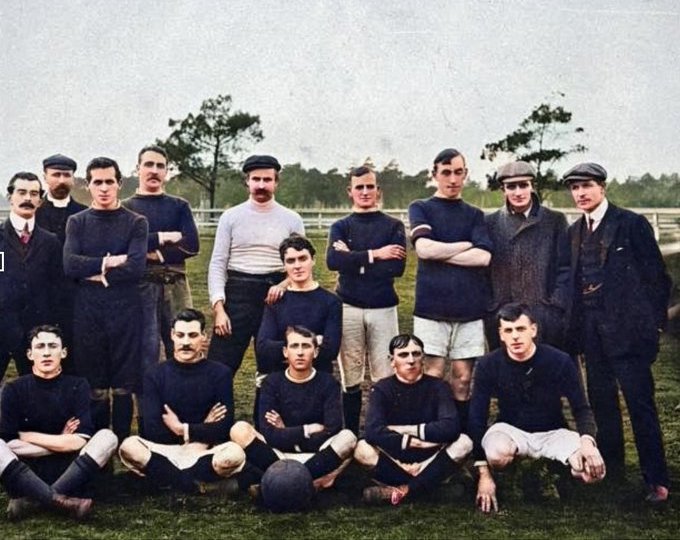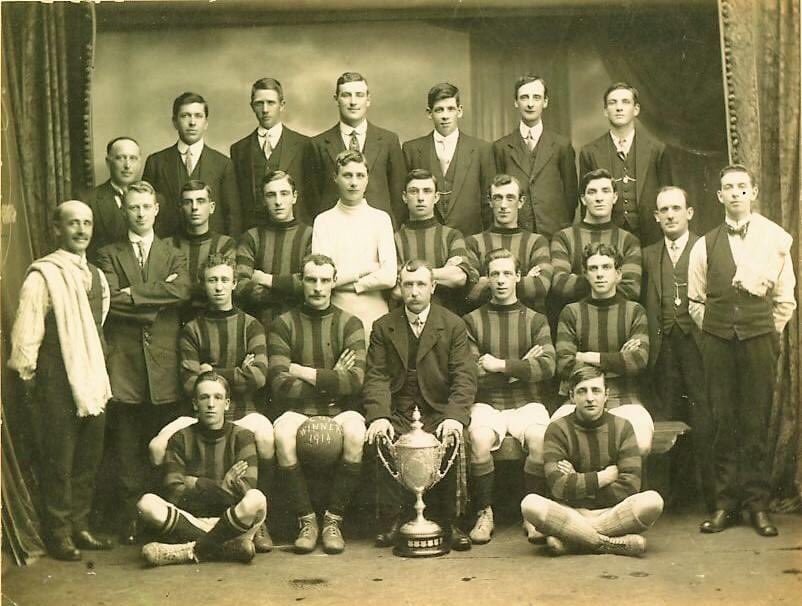In celebration of 100 years of the Dockerty Cup, Football Victoria revisits the Cup’s iconic stature, which serves as a reminder of its many triumphant victors dating back to its inauguration in 1909. In the first of a five-part series exploring the history of the Dockerty Cup, Monica Charan examines the foundation of the competition and explores the influence that Harry Dockerty had on the sport in Victoria for over 50 years.
The Cup’s founder Harry Dockerty was an influential figure in the establishment of the Victorian Amateur British Football Association (the VABFA was the precursor body to Football Victoria). Dockerty’s newspaper advertisements in The Argus and The Age would inspire the game’s resurrection in Victoria, with players joining newly formed clubs that would compete in a league competition for the first time in 1909.

In honor of this momentous occasion, Dockerty presented a glorious silver cup, which became known as the Dockerty Challenge Cup, as a prize to motivate the combatants. The Dockerty Challenge Cup would become an emblematic cornerstone of Victorian soccer, equivalent to the English FA Cup, which had already been established as the most coveted competition in world football.
In simple terms, the Dockerty Cup, as it is now known, invites competitive sportsmanship between the state’s senior Men's clubs in a fight-until-eliminated competition and has been running for over a century.
The inaugural Cup competition in 1909 involved six teams, and the final was played on the East Melbourne Cricket Ground. The first name etched on the Cup was Calton United, who faced off against St. Kilda (with Harry Dockerty himself appearing at right-half). United were crowned winners again the following year, a solitary goal the difference in a tight contest against Prahran City. 1911 would see St. Kilda finally achieve success; their first trophy confirmed with a win over League winners Williamstown.

In 1912, Williamstown (now competing as Williamstown-Yarraville) would score a historic victory, defeating Wonthaggi Rangers, the first ever finalist from regional Victoria, emerging victorious with a comprehensive 3-0 victory. Competing solely as Yarraville the following year, they defended their title, avenging their defeat against St Kilda with a thrilling 4-3 win. By this time, the league had grown to an eight-team first division with a six-team second division, but the Cup was open to all teams, fostering a unique place in Victorian sport.
In addition to his presidential duties, Dockerty was instrumental in the formation of teams beyond Melbourne, including Wonthaggi Rangers, who debuted in the Cup in 1911 and triumphed over Prahran, St. Kilda and Albert Park enroute to the final the following year. Their influence on the competition was evident by the large crowd in attendance at Middle Park who had travelled from Wonthaggi to support the team. Dockerty also helped to establish junior competitions, an initiative to usher in the next generation of players, ensuring the game’s longevity.
In 1914, a rare event in the Cup’s history saw Melbourne Thistle and Northumberland & Durham declared joint winners after competing in two separate finals in which both teams emerged scoreless. Both teams decided to share the Cup in honor of their two-time grand finale.

Despite the dawn of the Great War, the competition would continue, running from 1914 until 1915 when it was eventually abandoned, with approximately 90 percent of Victorian footballers enlisting in the army that year. Before the Great War, the Men’s League and the Dockerty Cup competition had been staged every season in metropolitan Melbourne.
Initially, the Cup was presented by Dockerty to promote the game in the Australian Rules city. Later, the Cup was the subject of envy to the Australian Rules bodies who sought to establish their own competitions within the sport.
Dockerty’s influence would permeate throughout the sport’s evolution. He would become honorary President of the Victorian Soccer Federation when it was formed in 1962, after an astonishing 54 years of service to the game in Victoria. His legacy as a pioneer saw him become the VABFA’s first recipient of Life Membership in 1915. His influence was again recognised almost a century later, becoming the inaugural inductee into the Football Victoria Hall of Fame in 2010.
Furthermore, Dockerty’s impact was significant from a national perspective. When the Commonwealth Football Association was reformed in 1921, Dockerty made history as the association’s first president. He was later honored with Life Membership in 1959 by the Australian Soccer Football Association (now Football Australia). In 1999, Dockerty was made an inaugural inductee of the national body’s Hall of Fame.
As the 100th year of the competition that bears Harry Dockerty’s name draws to its conclusion in less than a month, those first tentative steps at the turn of the previous century have done much to lay the foundations of the sport we know and love today.
In the next instalment of the Dockerty Cup History Series, Tony Persoglia explores the challenges the Cup faced in the period between the Great Wars.
